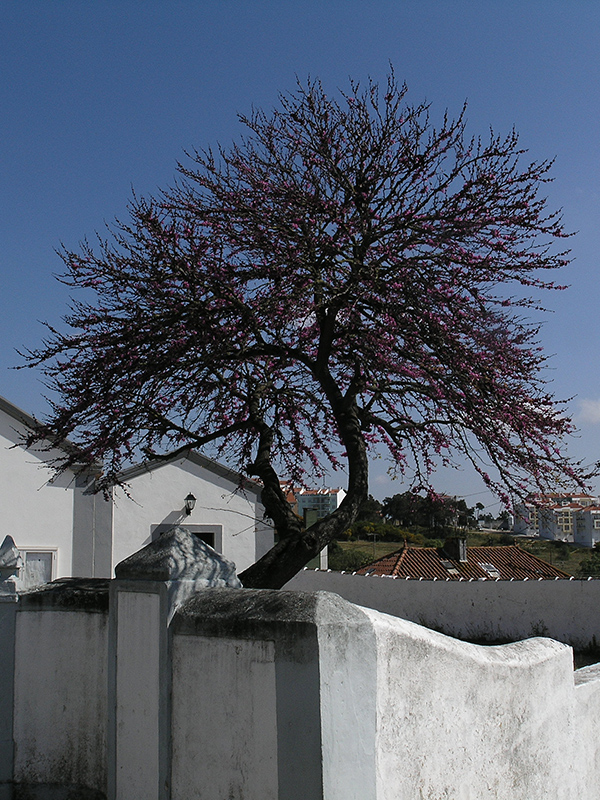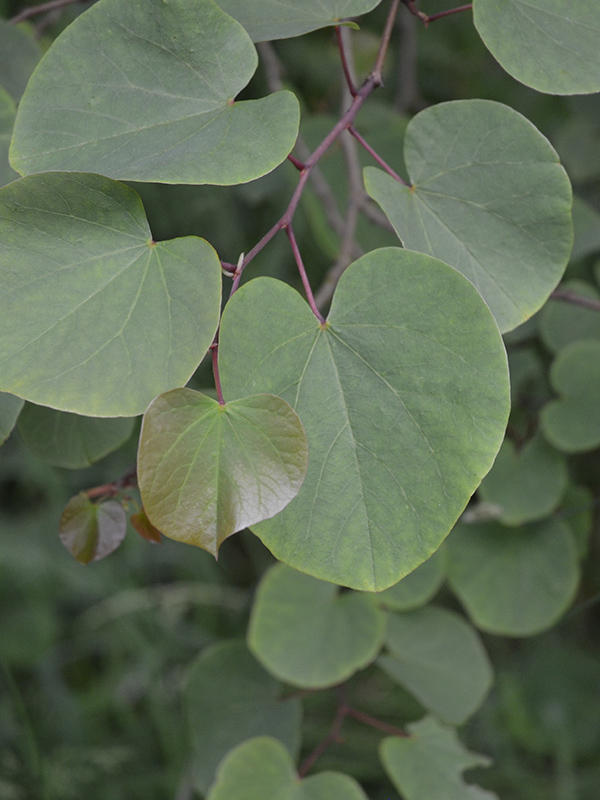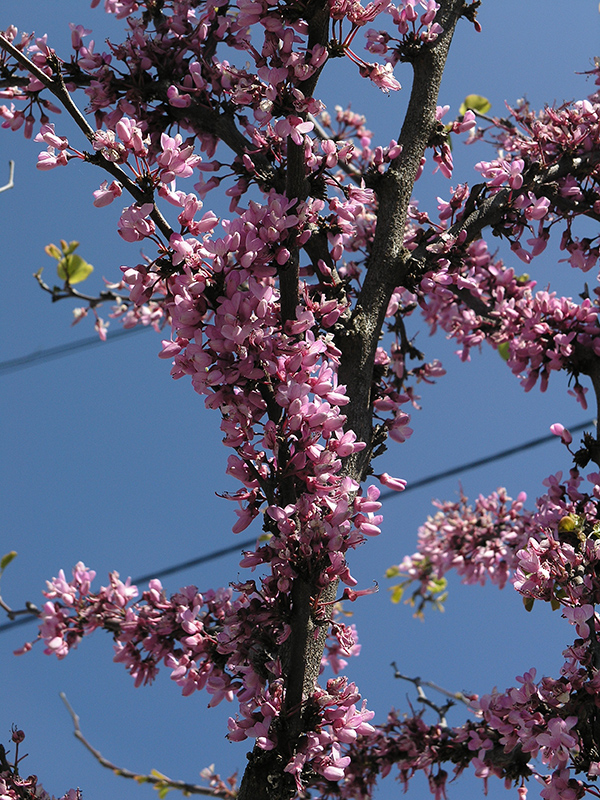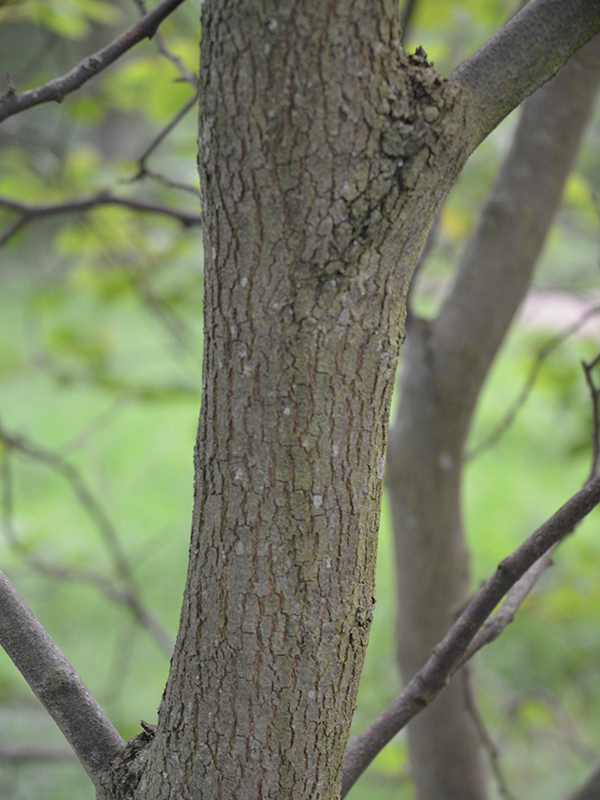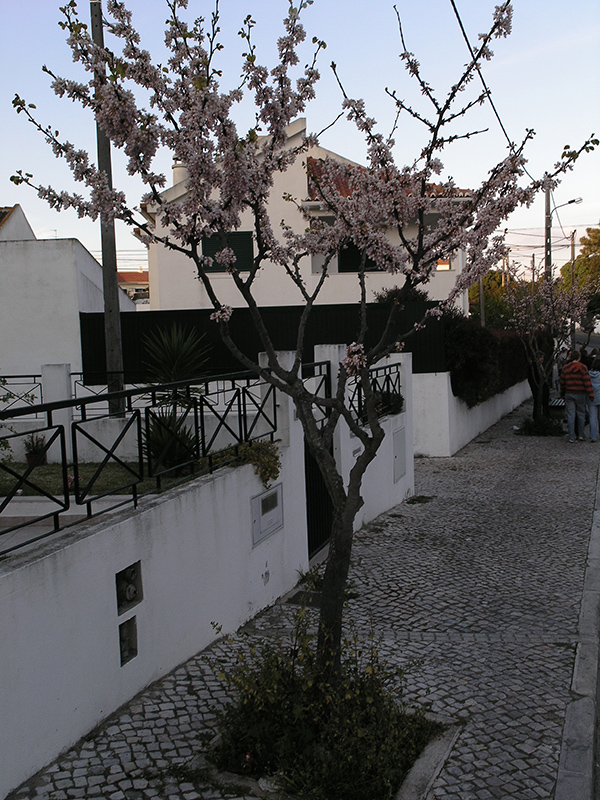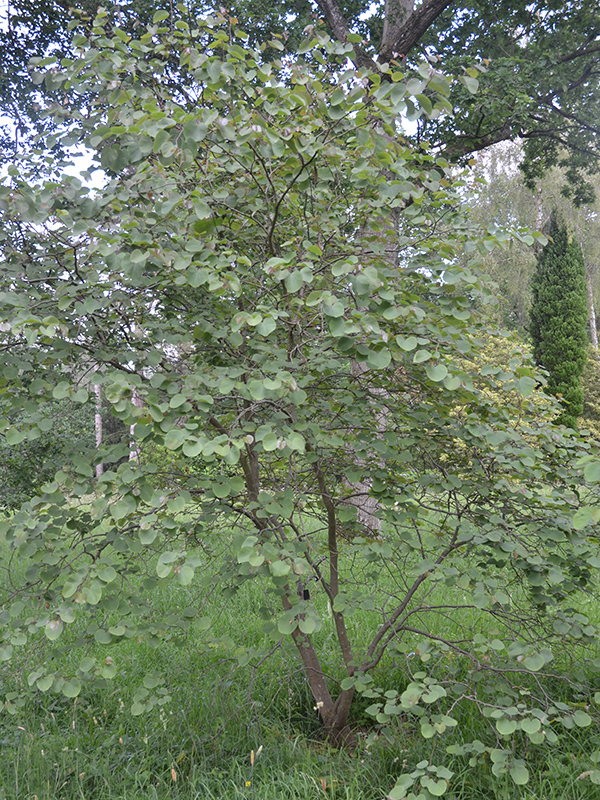| General Description | Cercis siliquastrum is a small tree with grey reticulated bark when mature. It has red buds which produce purple flowers in the spring and dark green heart-shaped leaves. |
| ID Characteristic | Cercis siliquastrum is an broad spreading, understory tree with heart-shaped leaves and brilliant purple flowers that emerge prior to the leaves in early spring. |
| Shape | Rounded crown but typically lopsided. |
| Landscape | It is suitable planted in borders, for erosion control and windbreaks and wildlife plantings.I have seen it used in Portugal as a street tree, however in such an incidence it would require pruning to raise the canopy above the height of passing automobiles. |
| Propagation | Propagate from seed, layers,or semi hardwood cuttings. A 62% germination rate (high for the species) was achieved using a treatment of a combination of acid scarification for 30 min and immersion in 500 ppm gibberellin (GA3) prior to sowing. |
| Cultivation | The species is well adapted to semi-arid conditions and is tolerant of air pollution and nutrient deficient soils. It has the ability to fix nitrogen and is thus tolerant of very poor soils. |
| Pests | Coral spot disease and verticillium wilt may pose a challenge. |
| Notable Specimens | As street trees throughout Lisbon, Portugal. |
| Habitat | Found growing on stony slopes and lean soils or on the margins of arid, warm woods including maquis, shrublands and montane vegetation.
In the maquis regions it is often found growing in association with Quercus calliprinos and Pistacia palaestina. It also grows in an association with Quercus ithaburensis and Styrax officinalis. |
| Bark/Stem Description | The bark is grey with fine brown fissures and scabrous towards maturity. The tree has a single thick trunk or several branches. In places where it has been coppiced by animal browsing or fire it grows as a shrub. |
| Flower/Leaf Bud Description | The conical buds are 3 - 5 mm wide and dark red. |
| Leaf Description | The alternate, cordate leaves are simple, 5 -10 cm in diameter and up to 13 cm in width, they are deeply veined and are a blueish-green with an obtuse apex and an entire margin. They emerge in spring a reddish-purple colour and transition to dark green during the summer turning yellow in autumn.
|
| Flower Description | The flowers are borne on a pedicel in racemes. They are 15-18 mm long and have 5 crimson sepals, and 5 pink-crimson petals. The central petal is shorter than the others and it is internal relative to the other petals. The two lateral petals cover part of the inner petal. The stamens of the 10 filaments are long and free. The ovary is superior and composed of one carpel. The flowers contain a large amount of nectar. Flowers, grow directly from the trunk and branches, in clusters of 3-6 blooms, magenta-pink, blooming prior to leaf emergence. The flowers are bisexual and are pollinated by bees. The tree typically flowers twice, once in the spring with a main flush occurring depending on location from March to May, while a second minor flush of blooms may occur, but are hidden by the leaf canopy from October to November. |
| Fruit Description | It produces flattened seed pods drying to light brown to beige in September. The pod is 7-15 cm long and persists on the tree for a long time, often up to a year with only strong winds being able to dislocate it. The pod contains many flat, rounded, brown seeds which are approximately 3 mm long and are dispersed when the pod splits open. |
| Texture Description | A medium textured plant. |
